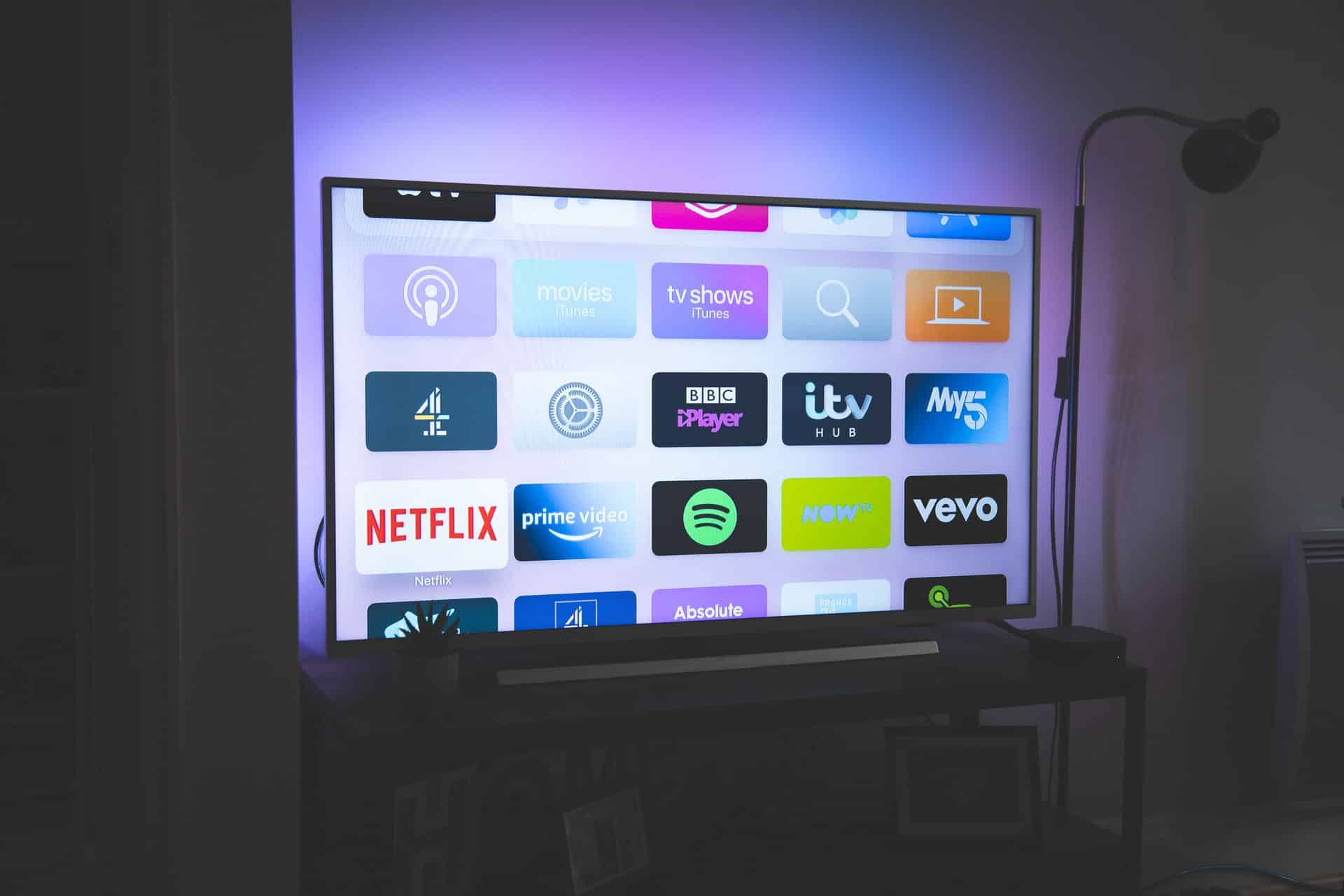Since OTT and CTV are big buzzwords these days, most probably you’ve seen them broadly covered in media and discussed by the industry communities. The most common mistake is confusion between these two terms: people use them as synonyms, while they are completely different things. Whether you are an advertiser, publisher, or viewer, keep on reading to easily distinguish between the CTV & OTT concepts…
IMAGE: UNSPLASH
What Is CTV?
CTV means connected television, a brand new technology that changed the modern media world. CTV supports online content consumption. With its help, TV series, movies, and other videos can be easily accessed via an application on a streaming platform. With the help of CTV, people can reach numerous channels and libraries where they find content of their interest fast and easily.
The targeting capabilities of CTV technology are impressive. It collects customer data and suggests content that suits a particular viewer. Connected TV audience encompasses teenagers, tech-savvy people, as well as families who prefer watching TV together. According to recent research from Leichtman Research Group, connected TV popularity continues to grow, with 80% of U.S. TV households now having at least one CTV.
As CTV provides great targeting opportunities and has millions of admirers, businesses find it appealing too. Not only in-stream advertising provides better reach, but also ensures a high level of interactivity and ad personalization. Considering the number of people watching CTV in America and around the world, advertisers and publishers find it beneficial to use this medium for their business purposes.
What Is OTT?
OTT (over-the-top), a technology that provides content over the internet. The main difference between CTV and OTT is that the first works as a “source”, while the second one stands for the content. Viewers are free to watch their favorite shows and movies wherever they are and on any device (mobile or stationary), because OTT works as a content aggregator. Content providers deliver and monetize services, ensuring brands that the shows reach their coveted audience.
OTT content is distributed around numerous services and entertainment platforms, which expands the ad opportunities significantly. CTV/OTT advertising has greatly outpaced traditional TV due to the growth of audience and supply (OTT services and CTV applications).
Traditional TV cannot compete with an Internet-connected one, since the latter provides a higher speed of distribution and convenience. OTT aggregators provide high-quality content and allow users to choose the shows they want to watch. They are more likely to stick to such services instead of satellite TV, which is more expensive and less personalized.
CTV vs OTT – Final Thoughts
OTT content gains more popularity, which encourages providers and publishers to create their own applications massively. The major players of entertainment and advertising industries strive to find their places in the world of OTT and it’s quite natural – more and more people are buying CTV devices to stream content. A smart TV easily becomes a connected one due to devices like Apple TV consoles, Roku sticks, or game consoles. Most modern TVs already include Internet connectivity, which makes them “smart” as well.
So if you thought that CTV and OTT are pretty much the same, now you know how different they are. OTT stands for the actual content streamed through the Internet right to your computer, smartphone, or connected TV. At the same time, CTV is an Internet-connected TV ready to immerse you into the world of video on demand.
If you are interested in even more technology-related articles and information from us here at Bit Rebels, then we have a lot to choose from.


COMMENTS